One of Mexico’s most pristine jewels is undoubtedly the Yucatan Peninsula, but tourism is not just about the Riviera Maya and all-inclusive resort destinations, because the peninsula hides natural wonders that go beyond piña coladas and tacos al pastor. We decided to travel across the peninsula to share with you the cultural treasures of Yucatán and Quintana Roo, contextualised in the current tourism situation.
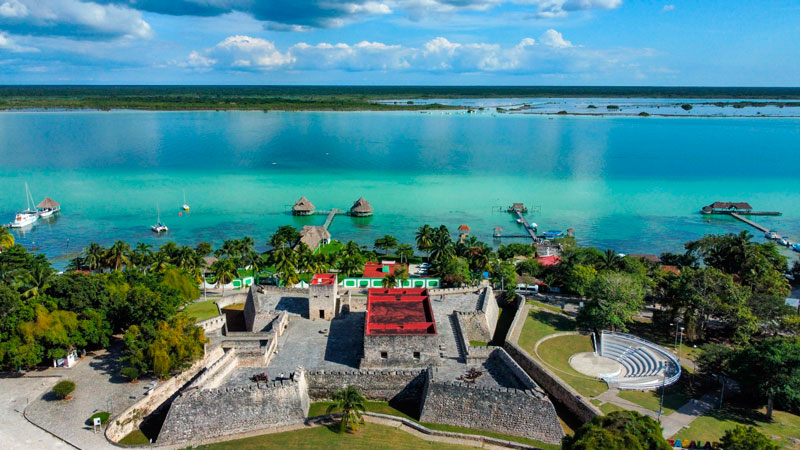
Fort of San Fernando in Bacalar, Quintana Roo. Photo © el Hype.
Departing from Merida, and with the occasional surprise on the road (if you are stopped, stay calm and don’t be coerced by the police, say no to bribes), we arrived at Bacalar after a four-hour drive. It is one of the most touristic and, at the same time, least known towns in the state of Quintana Roo, north of the capital Chetumal and two and a half hours drive south of Tulum. Here you will find the so-called “Lagoon of the Seven Colours”, which is distinguished by its characteristic palette of blue tones.
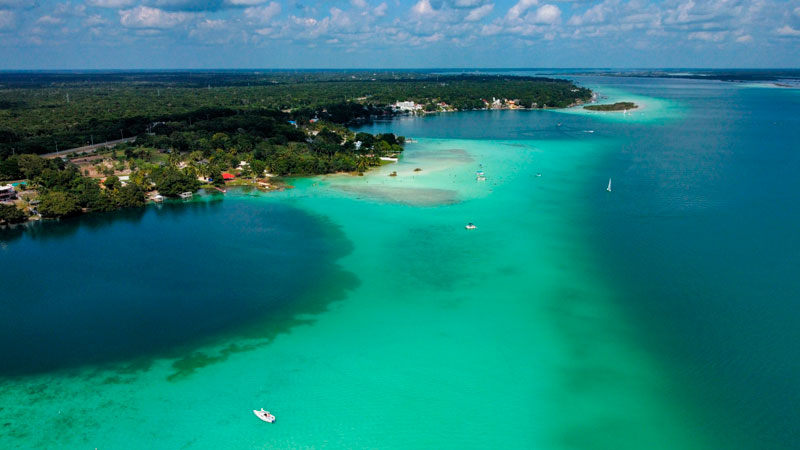
Lagoon of the Seven Colours, Bacalar. Photo © el Hype.
Bacalar was one of the first cities that the Spaniards conquered in the peninsula and the largest settlement in the region, which led to frequent attacks by pirates and corsairs. That is why, at the beginning of the 17th century, the Fort of San Felipe was built in front of the lagoon, a key place in the history of piracy in Yucatan associated with the local exploitation of the palo de tinte (dyewood).
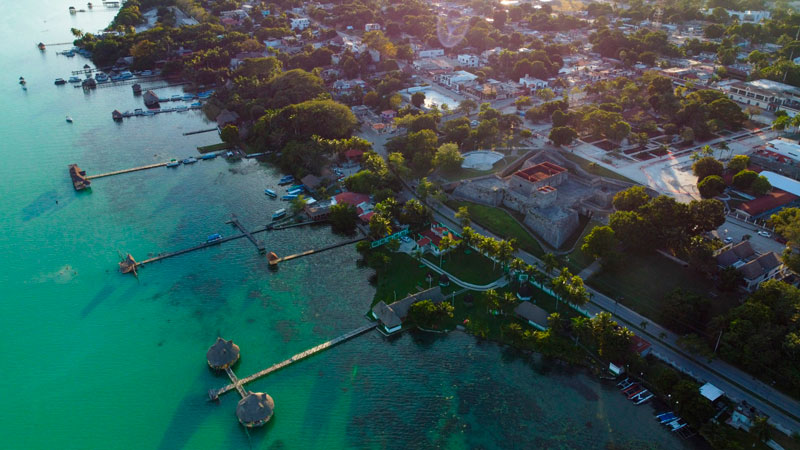
Lagoon of Bacalar and fort of San Fernando, Quinta Roo. Photo © el Hype.
At this stage, we chose to stay in a peculiar hotel, made up of different cabins surrounded by the nature of the jungle and where we were able to observe sunrises on the edge of the lagoon that bordered the fantastic genre. The Boa Boa hotel is an idyllic place for those who are looking for peace and quiet, it is far from the most touristy area (half an hour walk from the city centre) and has a small dock on the lagoon, from where you can go kayaking or go on sailing and catamaran trips.
From Boa Boa we had the opportunity to take a four-hour guided tour through the lagoon on the Utopia sailboat, with stops at the Pirates’ Canal and main cenotes, where we got detailed explanations of the history of the place and tasted local seasonal fruit. This was undoubtedly one of the best and most recommended highlights of our visit.

The sailing boat Utopia in the lagoon of the seven colours. Photo © el Hype.
The lagoon is bathed in a variety of shades of blue, which are due to the different depths that we find, due to the well-known Canal de los Piratas and its different cenotes: Cenote Negro (or Cenote de la Bruja), Cenote Cocalitos, Cenote Esmeralda and Cenote Azul (the only closed one that is not inside the lagoon).

Canal de los Piratas in Bacalar, Quintana Roo. Photo © el Hype.
The Pirates’ Channel is a narrow, shallow connection between the Bacalar lagoon and the small Mariscal lagoon, through which you can walk or kayak.

Pirates’ Channel in Bacalar, Quintana Roo. Photo © el Hype.
The main tourist attraction of the city is undoubtedly the lagoon, on the shores of which there are bathing resorts with palapas where you can eat and in some areas you can even observe stromatolites. These are bio-constructed mineral structures, formed by the fixation of carbonate particles by the biofilms of cyanobacteria that form them. The cause of the first mass extinction on earth 3.7 billion years ago, stromatolites were the origin of oxygen on planet earth and the trigger for the earth’s atmosphere as we know it today. Unfortunately, they are not sufficiently protected in the region, due to the prioritisation of the interest of tourism growth, so the lagoon of Bacalar has not been declared a RAMSAR site (Convention on Wetlands of International Importance Especially as Waterfowl Habitat).

Stromatolites on the border of the lagoon of Bacalar. Photo © el Hype.
In the vicinity of Bacalar we find the Cenote Negro (Black Cenote), which is impressive for its depth of more than 100 metres, hence its name. To the south of the city, we find three adjacent cenotes, the Cenote Esmeralda, the Cenote Cocalitos, home of the stromatolites and of the spa with the same name; and the Cenote Azul, which is the only one that does not connect with the lagoon and whose access costs 25 Mexican pesos.
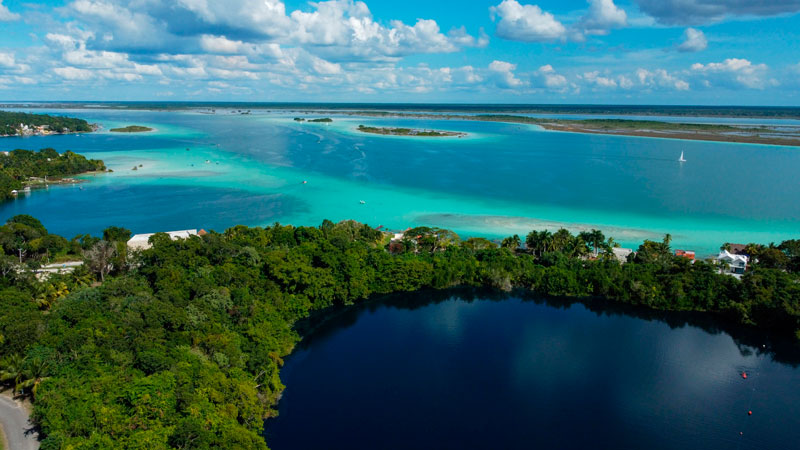
Cenote Azul, Cenote Cocalitos and, in the background, Cenote Esmeralda. Photo © el Hype.

Cenote Azul surrounded by jungle in Bacalar. Photo © el Hype.
The lagoon does not have a beach, but it does have waters as beautiful and crystalline as those of the Caribbean, as well as several bathing resorts. A few are free to enter, while others have private access and charge an entrance fee ranging from 10 to 25 pesos. Some of our favourites were the Balneario Municipal El Aserradero and the Balneario Sac Ha.

View of the docks and The Yak Lake House hostel. Photo © el Hype.
In addition, there are several piers along Bacalar, which allow you to enjoy the evenings and sunsets on the lagoon, such as the public piers at Calle 16, Calle 18 and Calle 36. At The Yak Lake House hostel, there is also a pier where daily activities are held for young tourists from all over the world.
-
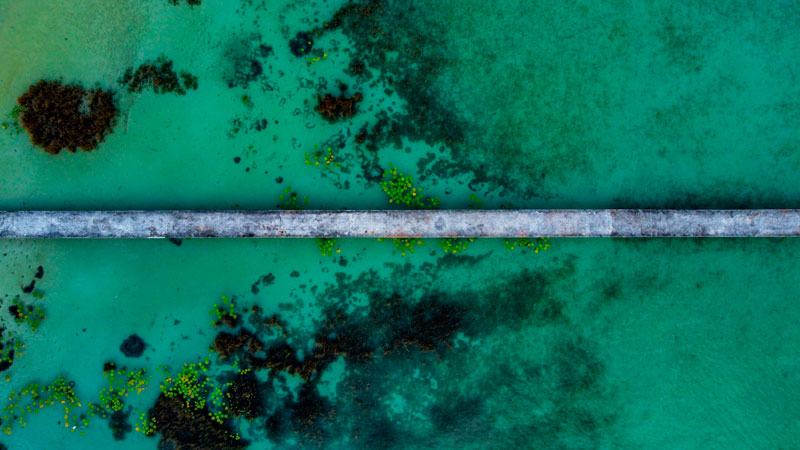
Dock in Bacalar. Photo © el Hype.
- One of the advantages of not facing the Caribbean Sea is that this destination is ideal for all seasons, as it is not affected by the sargasso season or rough seas and maintains a constant temperature of 30ºC maximum and 20ºC minimum throughout the year.
-

Los Rápidos in Bacalar. Photo © el Hype.
Another of the activities that can be enjoyed in the area are Los Rápidos de Bacalar (the Bacalar Rapids), waters that divide the Bacalar Lagoon from the Xul-Ha Lagoon. These are river-like currents created by the constant flow of fresh water between the two lagoons, in which swimmers are carried floating from one side to the other.
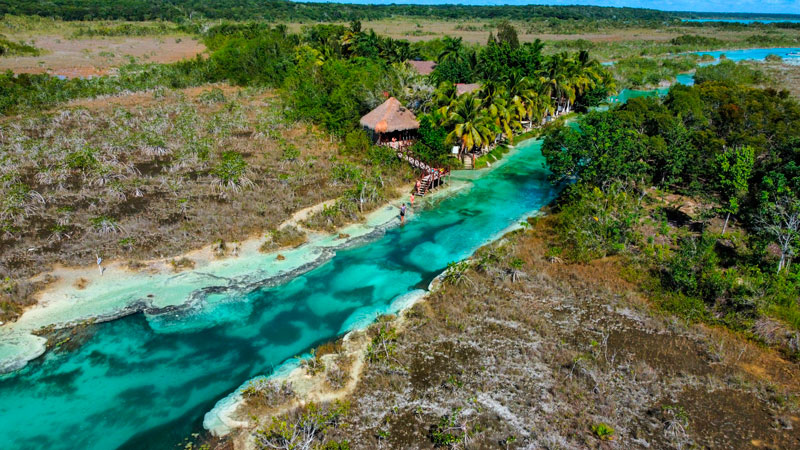
The Bacalar Rapids in Bacalar. Photo © el Hype.
The culinary wonders are not far behind, one of the places where our lunches were never lacking was Taco Loco, a typical restaurant of the area right next to Boa Boa, where you can enjoy the most characteristic flavour of Mexico. Our recommendation is the fish, shrimp and octopus tacos.

The idyllic location of the Boa Boa cabins in Bacalar. Photo © el Hype.
For breakfast we really enjoyed the coffee, the variety of seasonal fruit and some North American fusion pancakes at Ixchel Bacalar, a restaurant named after the Mayan goddess of love. And it did manage to make us fall in love and close our trip to Bacalar with more desire to return than ever. Next stop Tulum…
Article written in collaboration with Claudia Moras.





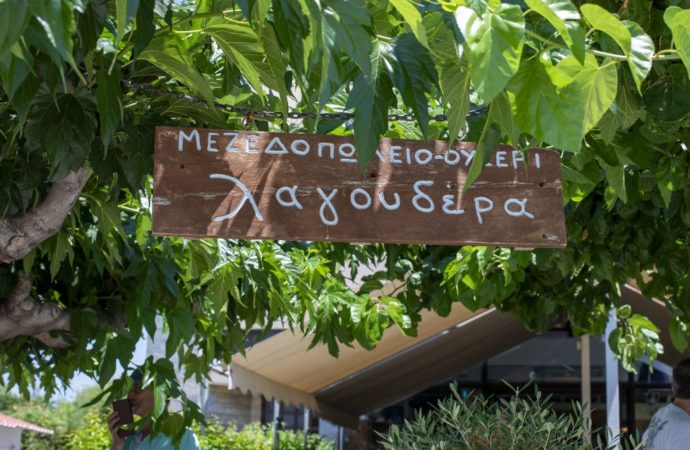

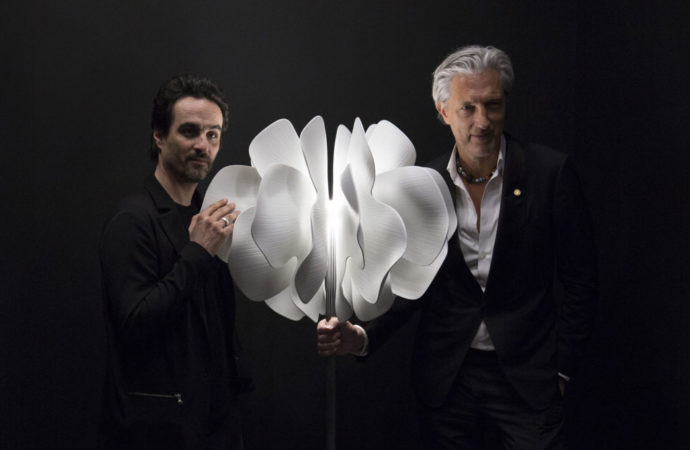

No one has posted any comments yet. Be the first person!